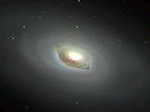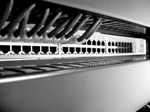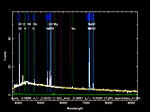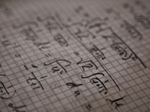Computer-Aided Modeling Laboratory (MSc) (cpmodelf17lm)
1. Astrophysical and Cosmological N-body Simulations
The purpose of this exercise is to understand, compile, and use the Gadget 2 professional N-body code. The main goals are:- understand the theoretical background (local copy)
- install the program with its dependencies
- compile the program
- run a simulation on 1 CPU
- run a parallel simulation with MPI on a multiple CPU system. MPI intro
- simulate a real astrophysical/cosmological system,
eg.
- colliding galaxies
- Evolution of the large scale structure of the Universe
- non-Newtonian gravity (MOND)
- analyze and visualize the results,
- write a short study and give a short lecture about your experiences and results.
- Gadget File Viewer
- predictor-corrector method in N-body simulations (R. Gonsalves)
- Introduction to N-body simulation by P. Hut and J. Makino (local copy and code)
- Notes from another course
- Initial condition generators:
- Starscream: for galaxy collision
- 2LPTic: for cosmological simulations
- P(k) calculators:
- Halo finder:
2. Hydrodynamical simulations
The purpose of this exercise is to learn the basics of the frequently used OpenFOAM hydro code. (H. Jasak et al, International Workshop on Coupled Methods in Numerical Dynamics IUC, Dubrovnik, Croatia, September 19th-21st 2007)
3. Molecular dynamics
The main goal in here is to understand and use a professional MD code. Suggested simulations: Phase transitions of atomic argon, geometrical packing
- HOOMD-blue
- Overview !! Attention, this is based on an older version!
- Molekula dinamika BSc notes [Hungarian]
- Packing - slides - Damanesco et al. Science 2012 - Tetrahedron packing (Haji-Akbari et al. Nature Lett. 2009)
Course email:
szammodmsc (at) gmail (dot) comOld course page (in Hungarian)



